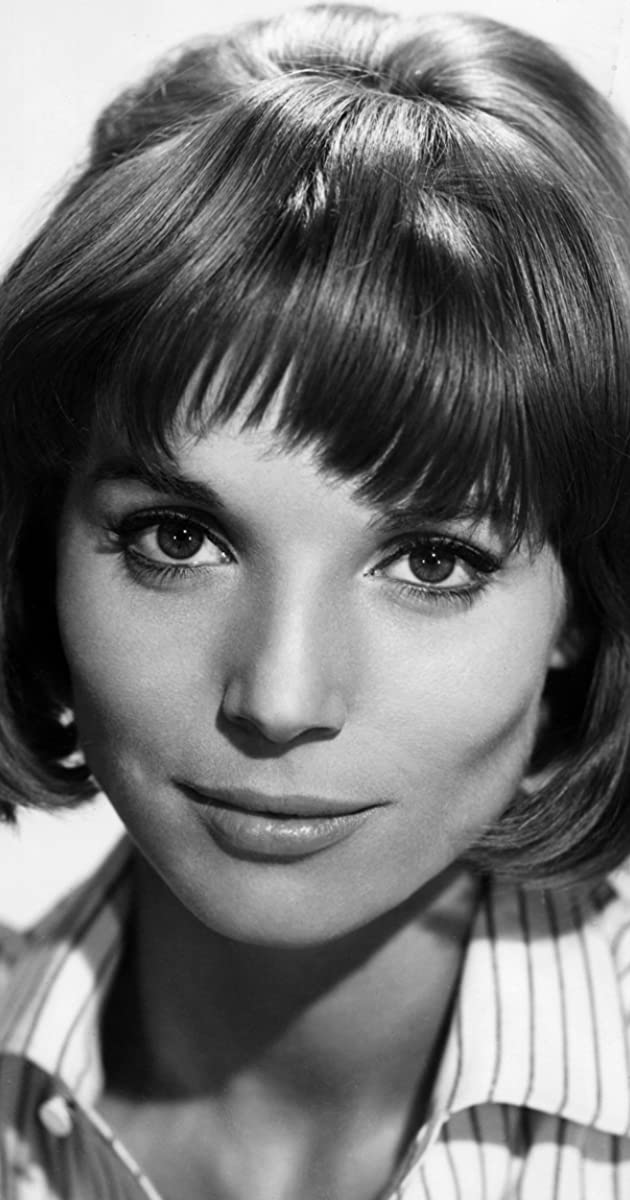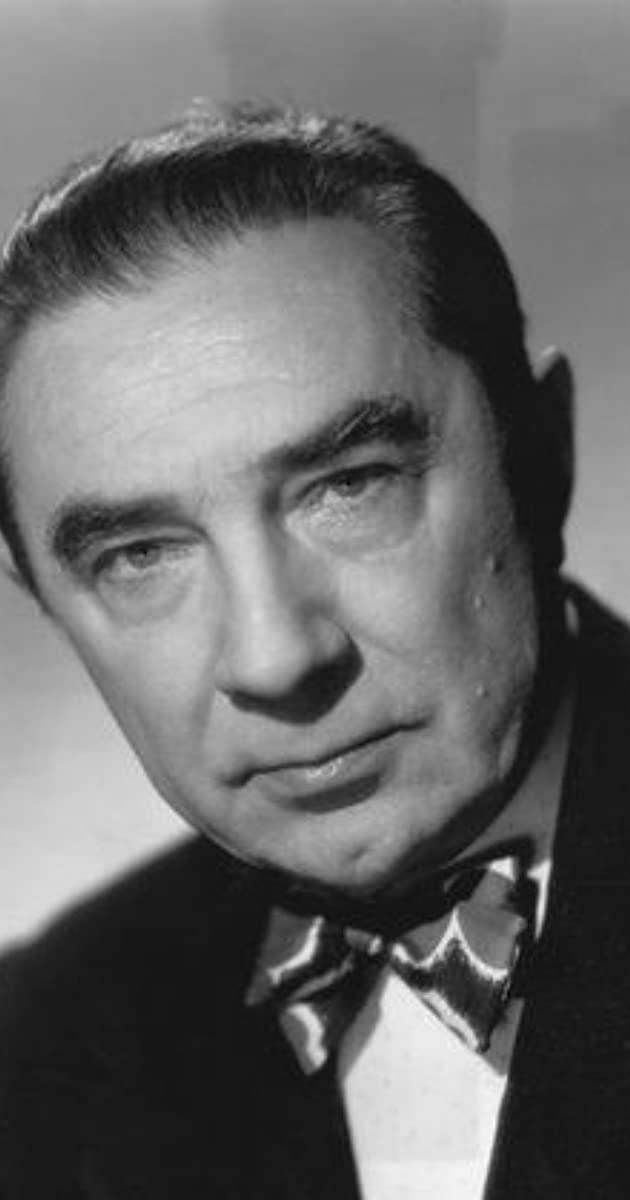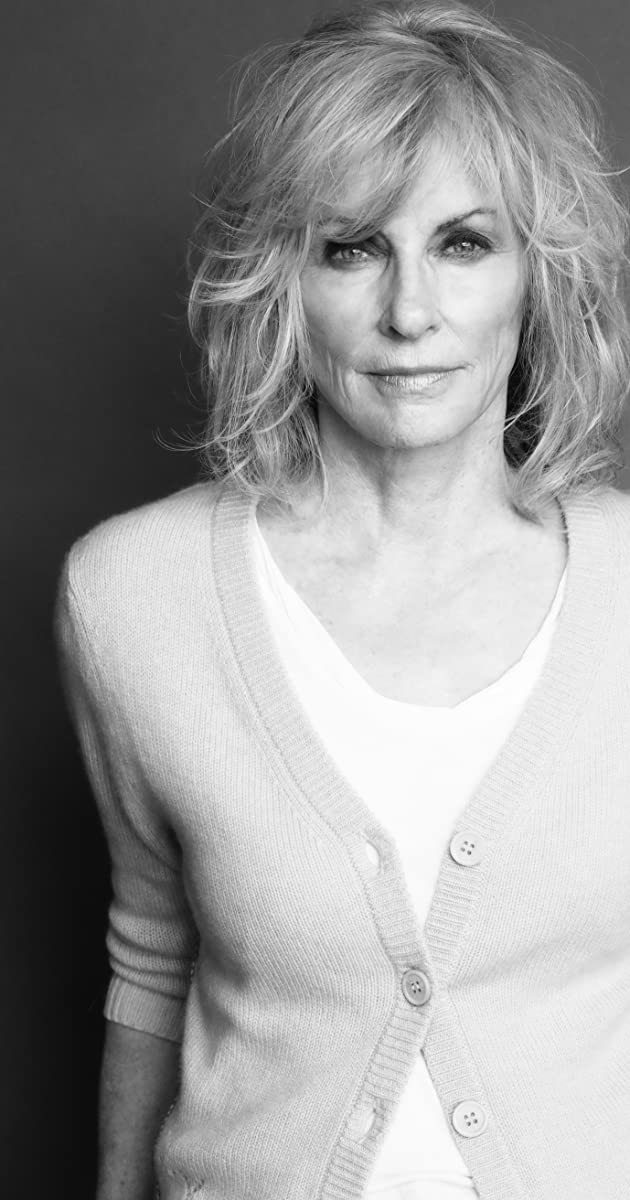
Elsa Martinelli was born in the central Tuscan city of Grosseto into a struggling family, one of eight siblings. She had to earn her keep from the age of twelve, delivering groceries in Rome. Looking older than her years suggested, she then did some part time work as a bar maid. Aged sixteen and ambitious, she moved on to modelling and was soon promoted by well known designers, and, in particular, by a New York magazine editor who suggested a move to the Big Apple. While employed with the Eileen Ford Agency, she was spotted on a Life magazine cover by none other than Kirk Douglas (or by Douglas’s wife, according to another version of the story) who, incidentally, happened to own a fashion company. In any case, Elsa soon found herself in Hollywood to co-star opposite Douglas in The Indian Fighter (1955) (despite some as yet unresolved problems with her command of English). Her sojourn in tinseltown was short-lived, however, and the contract she had signed with Douglas was quietly annulled — and thus she famously spurned an opportunity to appear in the lucrative blockbuster Spartacus (1960). There were to be no further American pictures at this time. Instead, she returned to Italy, married Count Franco Mancinelli Scotti di San Vito, joined the glitterati, attended lavish parties and created an image for herself which rivalled those of Sophia Loren and Gina Lollobrigida. She counted Aristotle Onassis and Maria Callas among her close friends.
Taken under the wing of Carlo Ponti, Elsa was able to eventually make a success of her screen career not merely because of her exotic good looks, but by deliberately varying the type of parts she took on and thereby avoid typecasting. Those included the titular Manuela (1957) who bewitches an embittered steamboat captain played by Trevor Howard. In stark contrast, she was also Carmilla, possessed by her vampiric ancestor Millarca in the unsatisfactorily filmed Blood and Roses (1960), an ‘art house’ horror movie, though artlessly directed by Roger Vadim, based on Sheridan Le Fanu’s Gothic novella. Encumbered by excessive bathos, neither scary nor original, the only saving grace of the picture was derived from Claude Renoir’s evocative camera work.
In Hatari! (1962) — which might aptly be described as a good-looking travelogue — Elsa co-starred as a freelance wildlife photographer on a Tanganyika game farm, torn between affections for baby elephants and ‘bring-’em-back-alive’ trapper John Wayne. With character development sorely lacking, the animals, the scenery (and two exquisitely ornamental ladies — the other being Michèle Girardon) pretty much stole the show. Likewise, in her next outing, the wartime comedy The Pigeon That Took Rome (1962), Elsa was the romantic (mostly decorative) interest of Charlton Heston’s army guy smuggled into Nazi-occupied Rome in 1944 to extract and send back secret military information via carrier pigeon. For the remainder of the 60’s, Elsa appeared in a number of international co-productions which included a segment in Le plus vieux métier du monde (1967) as a Roman Emperor’s wife discovered in a brothel; and as a gangster’s daughter helping a bumbling American treasury agent in Rome (played by Dustin Hoffman in his first starring role) to recover Madigan’s Million (1968).
In 1968, Elsa married Paris Match photographer and furniture designer Willy Rizzo. Having already invested some of her earnings from film work into Roman and Parisian real estate, Elsa began to diversify into designing avant garde furniture with apparently mixed success. By the 1980’s, she was active as an interior designer in Rome while still making sporadic screen appearances, primarily in TV series. Described by the newspaper La Repubblica as “an icon of style and elegance”, Elsa Martinelli died on July 8 2017 in Rome at the age of 82.


